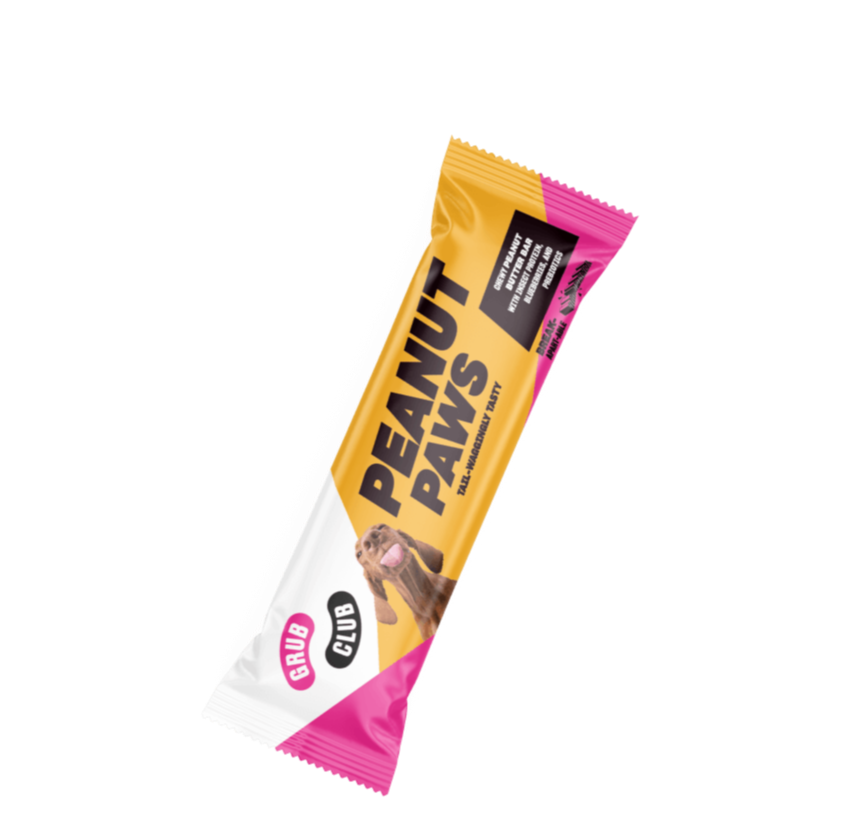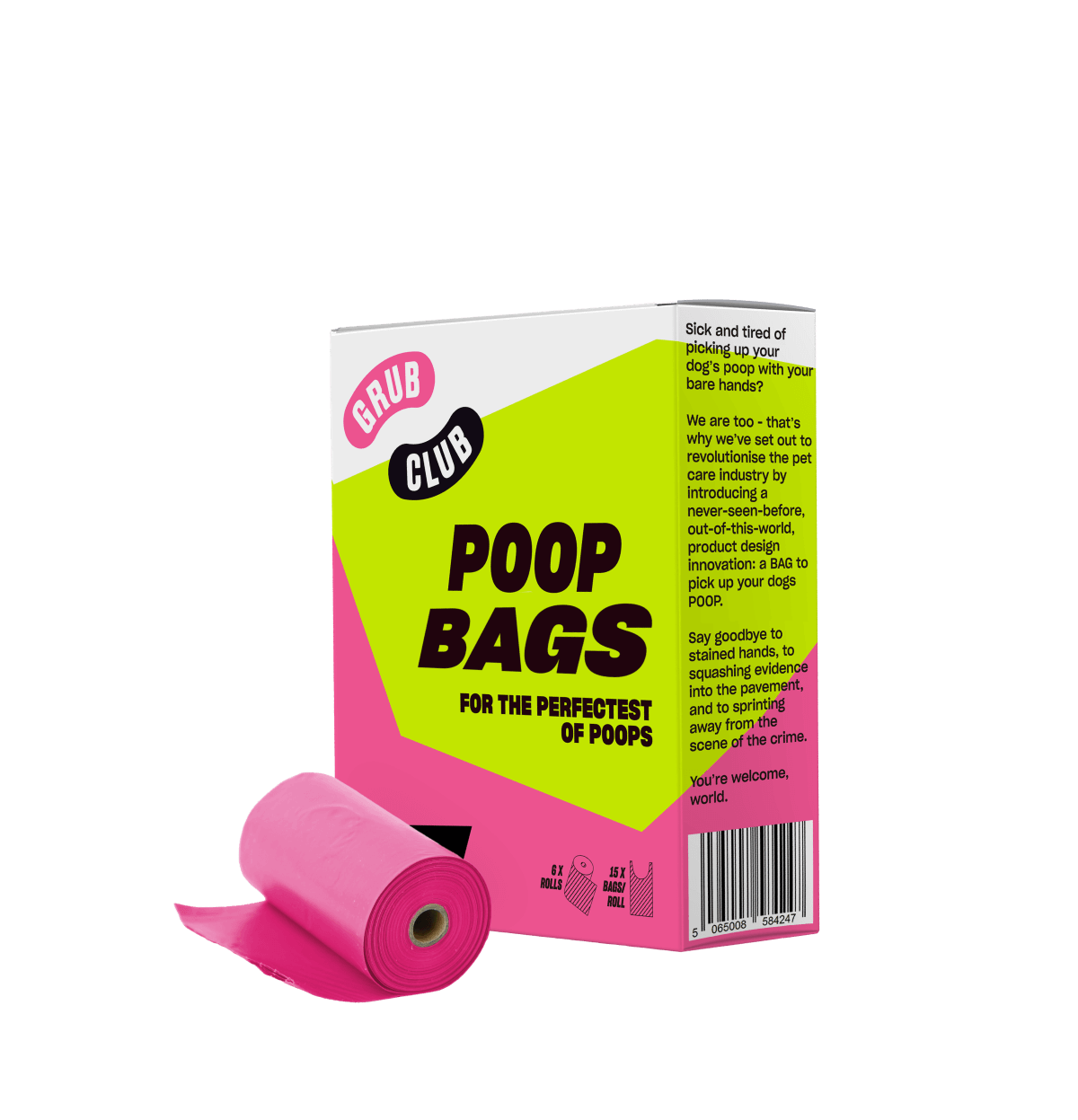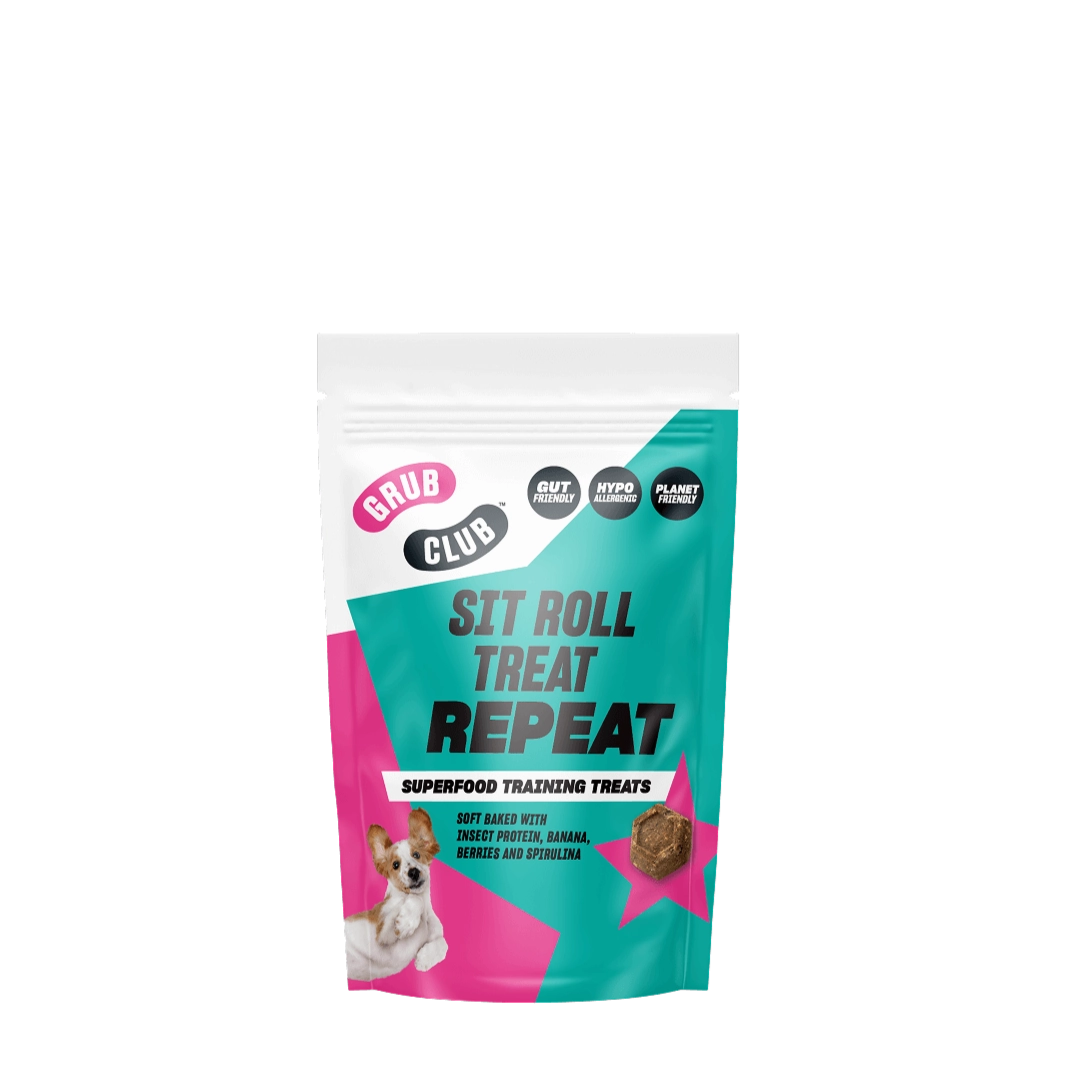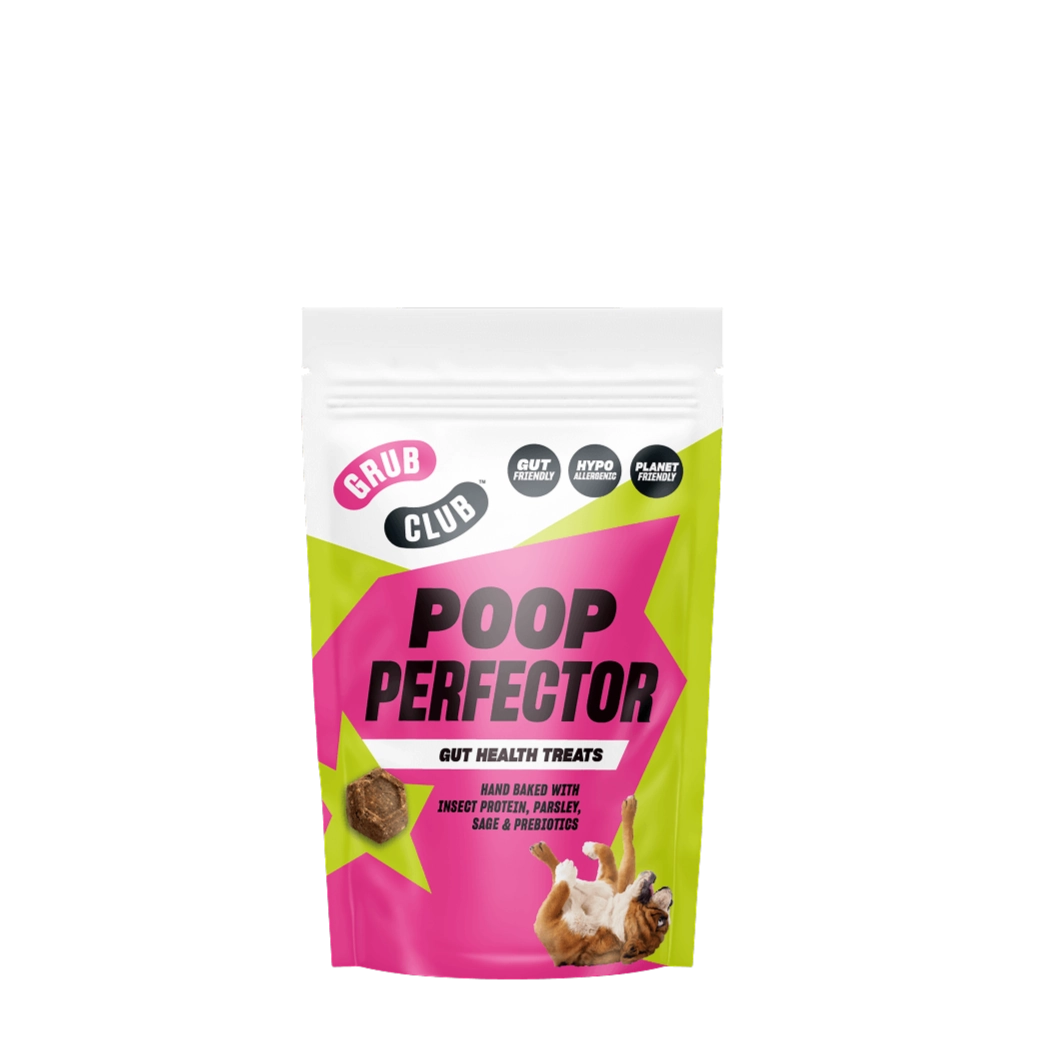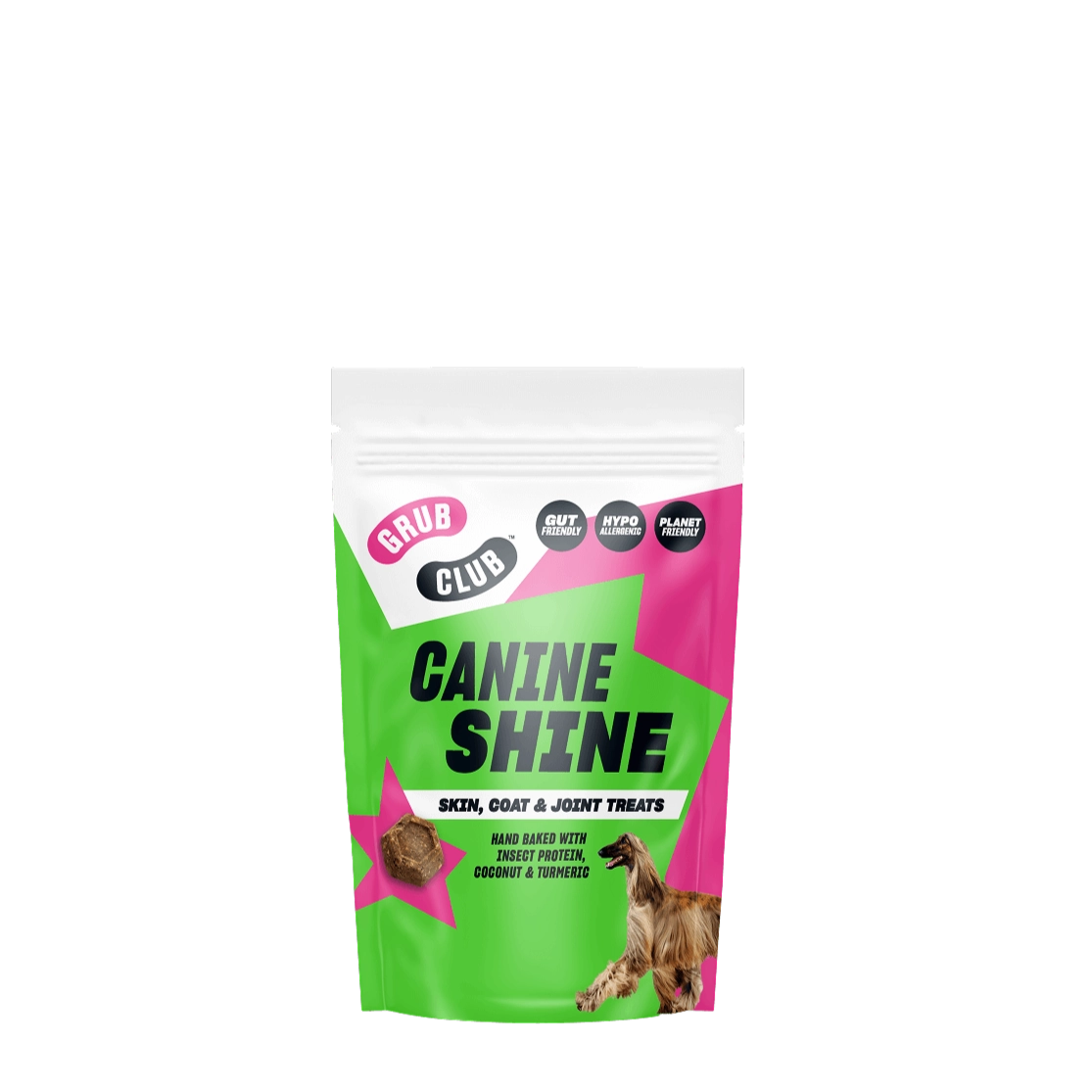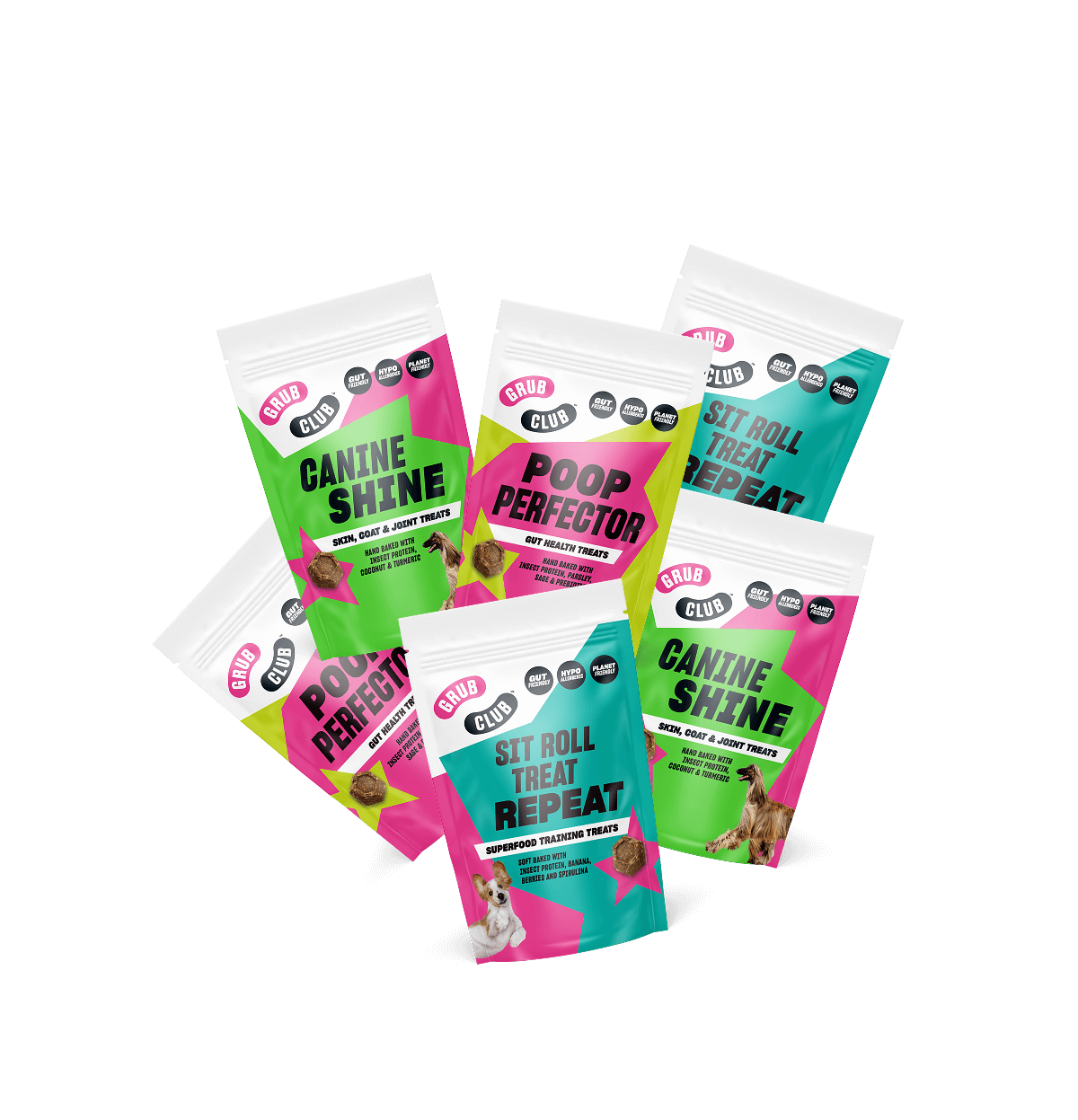Top Dog: All-In-One
Supplement for Snout-to-Tail Wellness
60 Scoops
FREE UK Delivery on orders above £49.
You have £0.00 in your cart, spend £49.00 more and get free shipping.
60 Scoops
1 Bar
72 Bags
1 Pack
1 Pack
1 Pack
Or continue without a name
CheckoutThe term hypoallergenic seems to have become a buzzword in the dog food aisle with many brands promising a solution to dietary sensitivities. But before you embrace them as the holy grail of dog nutrition, we unravel the mystery behind the label and investigate whether your dog food is as hypoallergenic as it claims to be.
The concept of hypoallergenic dog food is to provide a diet that minimises exposure to common allergens, offering a reprieve for allergy-prone dogs. However, there are no standardised regulations within the pet food industry governing the use of the term hypoallergenic.
Unlike human food, where specific criteria must be met for a product to be labelled as hypoallergenic, the pet food industry lacks universally recognised requirements.
While reputable pet food manufacturers strive to create formulations that cater to dogs with sensitivities, others can get away with using this term loosely, capitalising on the demand for hypoallergenic options. This discrepancy emphasises the importance for pet owners to evaluate the credibility of the food products they choose for their furry companions.
So, in short, the term hypoallergenic doesn’t always guarantee the complete absence of allergens. Unmasking the reality of hypoallergenic dog food requires a much closer look at ingredients, labels, individual dietary needs, potential allergens, and the specific health conditions of each dog.

The two most common allergens for dogs are protein and grain sensitivities.
Protein Sensitivities: Dogs can be allergic to specific proteins found in traditional dog food. It may surprise you to hear that the common culprits include beef, chicken, lamb and dairy. Identifying and eliminating the problematic protein is crucial in addressing allergic reactions.
Grain Sensitivities: Grains such as wheat, corn, and soy are prevalent ingredients in commercial dog food. Some dogs may exhibit sensitivities or allergies to these which usually tend to display themselves in skin issues, itching, hair loss and digestive problems.

Hypoallergenic dog food will often list features like limited ingredient diets, novel protein sources and grain-free formulas.
Limited Ingredients Diets: These diets aim to minimise potential allergens by only including a limited number of ingredients. However, it’s crucial to note that the term 'limited ingredient' doesn’t guarantee the absence of allergens; it merely reduces the variety.
Novel Protein Sources: Switching to novel protein sources (ones that your dog has never or rarely encountered), such as duck, venison, fish or insects can be beneficial for dogs with protein sensitivities. Introducing a protein source your dog hasn’t ever been exposed to before may help to alleviate allergic reactions.
Grain-Free Formulas: Grain-free dog food eliminates common grain allergens, making it suitable for dogs with grain sensitivities such as those mentioned above.
While hypoallergenic dog food can be a valuable tool in managing your pet’s allergies, it’s not a one-size-fits-all solution. Here are some key steps to navigate the hypoallergenic landscape effectively:

We wish it was as simple as choosing a dog food with the hypoallergenic label. By carrying out a little research and understanding your dog’s unique needs you will find a diet that will provide them with a complete meal that will aid in preventing allergies/reactions and keep them in head to tail top condition.
Found this blog useful? Once you've found your hypoallergenic dog food, include it as part of an elimination diet!

